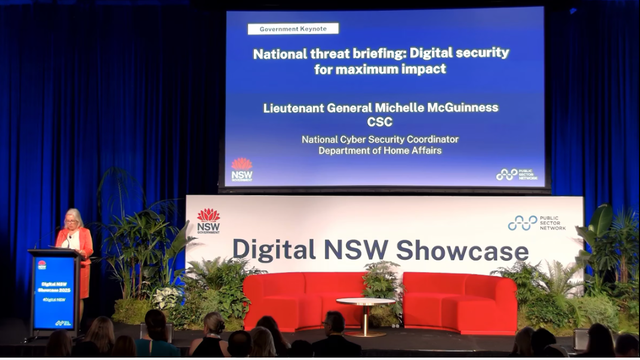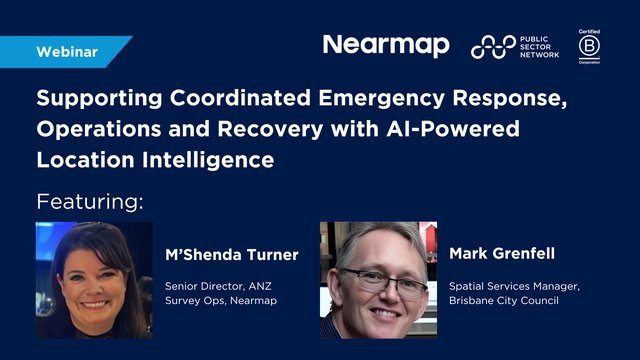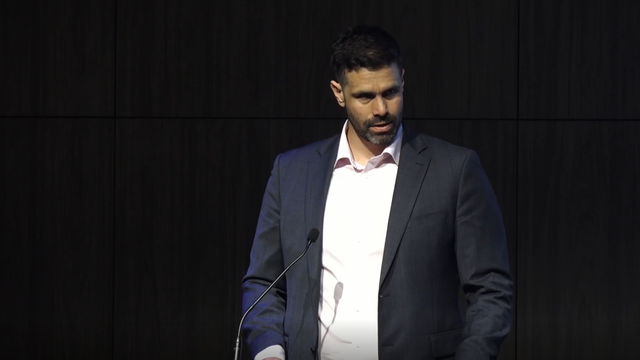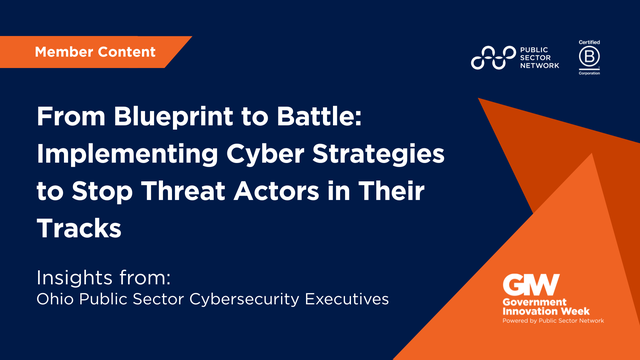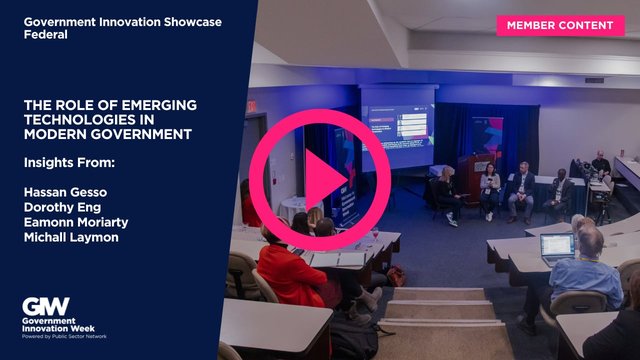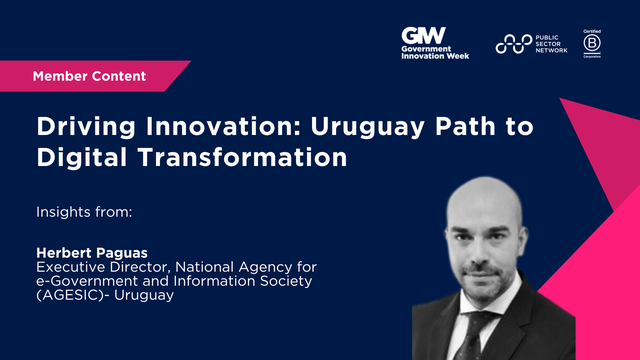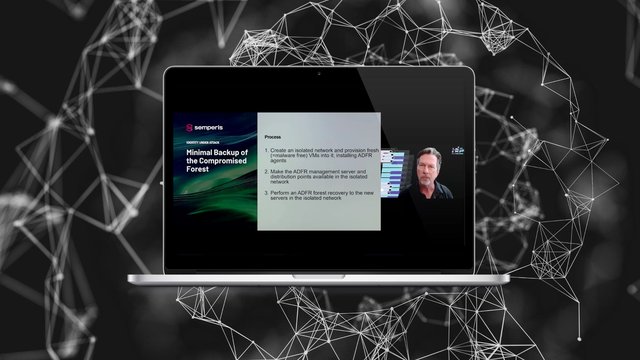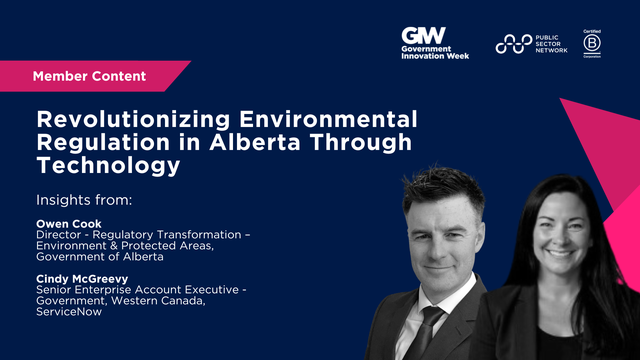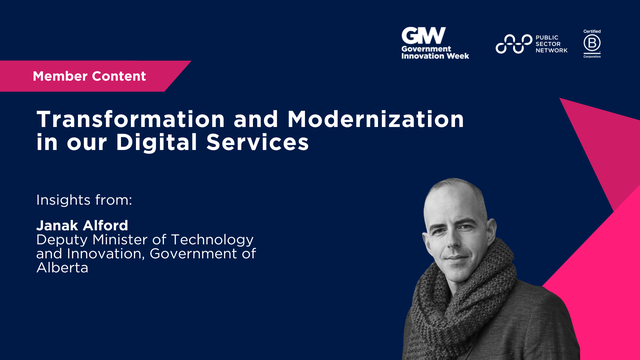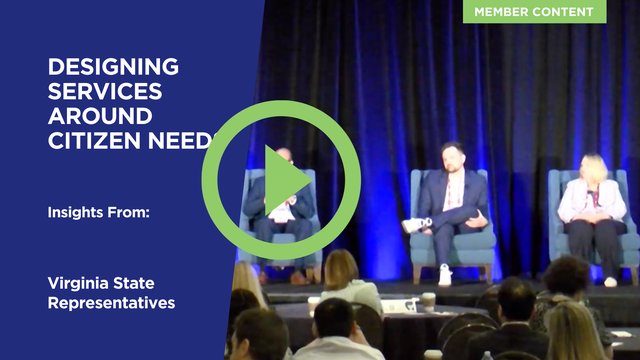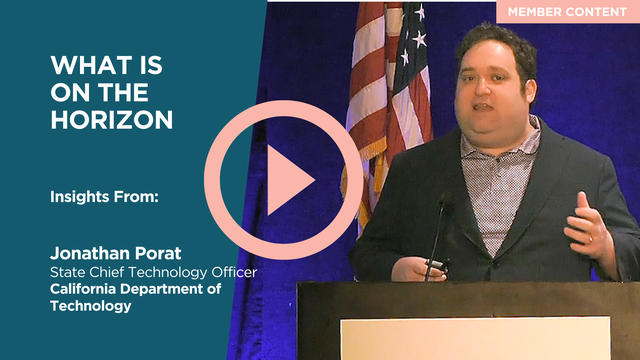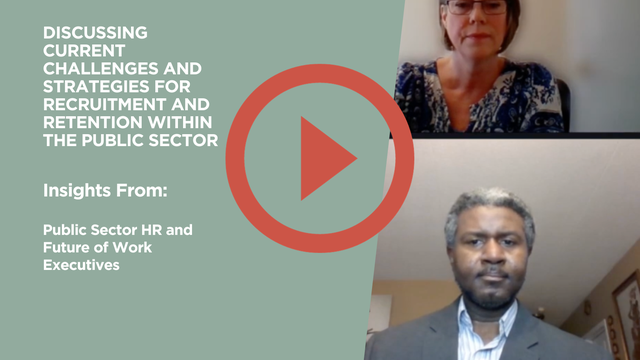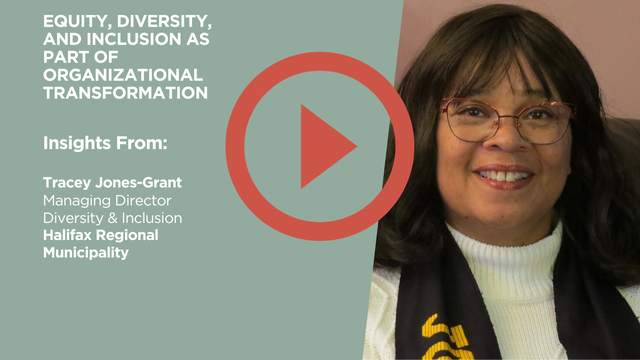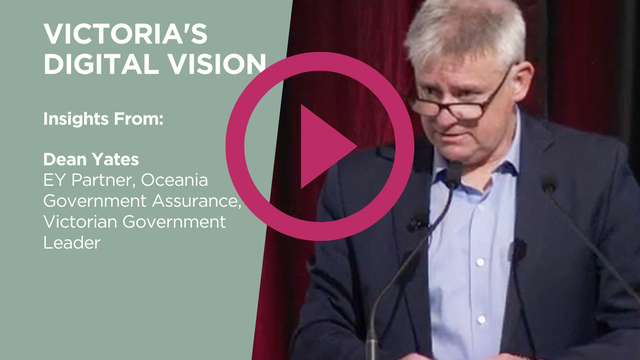Setting the Scene
In our latest online webinar, we explored The Future of Learning and Development in the Public Sector. With technology advancing rapidly and workforce needs evolving at an unprecedented pace, the public sector must rethink its approach to skills and workforce development. Facilitated by Charlie Hamer, co-founder of Public Sector Network, the session featured two expert panelists—Damon Rees, former CEO of Service NSW, and Kate Champ, Director of Learning and Development at ServiceGen. Together, they shared valuable insights into how public sector organisations can stay ahead in the competitive talent management space.
Watch the Full Webinar:
Here is a summary of the key takeaways from the session...
Why Continuous Learning Matters More Than Ever (6:42 mins)
To thrive in today’s fast-paced environment, public sector teams must move beyond deep expertise in isolated fields. Instead, they need a more connected, adaptable approach to learning. Kate emphasised that future learning should focus on broadening skill sets and fostering cross-functional collaboration.
Key Takeaway:
Embrace adaptability and holistic learning: keep teams flexible and foster collaboration across departments. This is crucial to keep up with rapidly changing skill demands in the public sector.
Embracing Technology and the “Digital Playground” (10:01 mins)
One exciting idea was the concept of a "digital playground." Kate and Damon explained how adaptive learning platforms act as a sandbox where employees can experiment, learn, and develop new skills. Damon also stressed that AI is not about adopting the latest tech—it is about reimagining how it can improve public services.
Key Takeaway:
Set up Digital Playgrounds: Create the space to experiment and innovate. Rethink public service delivery and the improvements tech and adaptive platforms can enable.
Building a Sustainable Learning Culture That Lasts (16:22 mins)
Creating a sustainable learning culture requires more than just occasional training—it means embedding learning into. One key theme was learning from failure. Successful organisations focus on understanding failures, making improvements, and fostering resilience and psychological safety across teams.
Key Takeaway:
Create safe spaces for teams to reflect: Set up opportunities to learn from mistakes and grow together. This approach not only strengthens individual performance but enhances overall team collaboration.
Balancing Immediate Skills Gaps with Long-Term Development (24:55 mins)
Damon discussed how integrating learning into daily roles can make upskilling seamless. Kate added that partnerships with external experts also help provide world-class development opportunities without over-relying on contractors.
Key Takeaway:
Curate an integrated, seamless, ongoing learning journey: make learning a part of the day-to-day and form partnerships for long-term growth, enabling you to strike a balance between fixing immediate skills gaps and building capability for future challenges.
Deliver Personalised Learning (30:27 mins)
Personalised learning has the potential to revolutionise employee development in the public sector. Adaptive learning platforms now allow learners to explore relevant topics based on skills, availability, and career trajectory. Kate described these platforms as a “mind map” that constantly reconfigures to keep learners engaged and focused.
Key Takeaway:
Explore adaptive learning platforms to deliver personalised learning: tailoring content to individual needs, making skill-building more relevant and enjoyable.
Measuring Success in Learning and Development (37:26 mins)
Training needs to ultimately lead to real-world improvements. The question is, how do you measure success? Kate explained that success goes beyond course completion—it is about understanding how learning impacts roles, projects, and career progression. Damon highlighted the importance of both qualitative metrics (such as employee feedback) and quantitative metrics (like course completion rates).
Key Takeaway:
Track the real impact of training by measuring both qualitative and quantitative metrics: build a clear picture of the success of your Learning & Development program and its ability to affect real improvement.
Conclusion
Public sector learning and development is at a critical inflection point, and these highlights offer just a glimpse of the transformative insights shared. As the sector faces new demands and evolving challenges, it’s clear that more targeted, structured approaches are needed to accelerate progress and ensure lasting impact.
Public Sector Network Academy’s Contribution to Workforce Development
To build on this momentum, Public Sector Network Academy is focused on contributing to the development of the public sector workforce through tailored training programmes. These programmes are designed to address both core skills and emerging challenges, equipping public sector employees with the tools and frameworks necessary to foster leadership, innovation, and adaptability in public administration.
By placing a strong emphasis on applying practical knowledge to real-world situations, the Academy ensures participants not only understand new approaches but also gain the skills required to drive organisational change and tackle complex challenges effectively.
With ongoing guidance from our advisory board and research council, we ensure that the Academy's training programmes are informed by the latest research and aligned with the evolving needs of the public sector. Through this approach, we are committed to shaping a capable, forward-thinking workforce ready to tackle the challenges of tomorrow.
